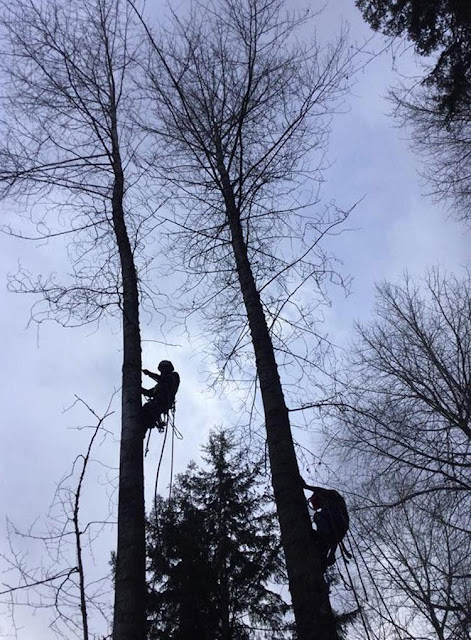Importance of hiring Tree Pruning & Tree Trimming service
It's never too early or too late to remove a sick or damaged branch from a tree. Pruning after the first flush of spring growth is the worst time of year since it might cause your plant to become stunted.
Pruning isn't your thing?
Choose evergreens that naturally keep their clean, conical shape and avoid planting trees near overhead power lines. You can give young trees some direction if they have numerous leaders, but other than that, they practically never require trimming. Plant a mixed-hedgerow instead of conventional hedging like buxus or macrocarpa, if you dislike hedge trimming. But in long run you will usually have to hire Tree Pruning & Tree Trimming service for safeguarding your house.
Get a Different Perspective
We recognise that many guys want the thrill of chainsaw use, but before you go on a chainsaw spree, think about what you're attempting to accomplish. Before making any cuts, take a step back to assess the tree's shape and the goals you've set for yourself. Then, using the step-by-step instructions, go through the process of establishing your priorities.
Achieving a Successful Outcome
Near to the main stem, side branches, or buds are all ideal places to make pruning cuts, but they shouldn't be too close. At the apex of the branch, you want to get as near as possible to the bark ridge but avoid damaging the branch collar. Wound healing hormones are found in the collar, which is why it is so essential.
Techniques for Removing Huge Branches from Trees
As a general rule, branches greater than 3-4cm in diameter should be pruned using the three-cut method to minimize unsightly ripping of bark while cutting them off. To begin, make a 40cm cut away from the trunk on the underside of the branch that will be trimmed. When the branch begins to droop, your saw will be trapped. Make a second cut 45cm away from the trunk on the branch's top, causing it to split in half. Without a tangled saw or broken bark, the stub may be pruned to a suitable cut as described above, without fear of a heavy branch damaging the tree any further.
The Major Limb Is Less Than 45 Degrees in Length
You should cut any branches with a narrow angle to the trunk if you can catch them while they're still young enough to prevent them from splitting in heavy gusts. When dealing with enormous trees, you need to take into account the potential harm the limb might do if it falls, as well as the expense of removing it in a controlled environment. For such crucial jobs it is always better to consult Emergency Tree Services.
Conclusion
Early on, a tree in a forest has to compete with other trees. In contrast to weak trees, which collapse to the ground, strong trees absorb more sunshine and water, are less affected by storms, and live longer. This lack of competition can weaken a tree's structure, leaving it more vulnerable to injury and premature death in an open area, such as your garden or farm. Prune like a competitor, removing weak limbs, strengthening the tree's structure, and increasing the tree's lifespan.
.jpg)




Comments
Post a Comment